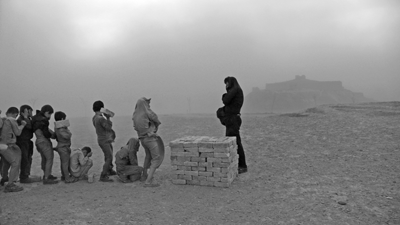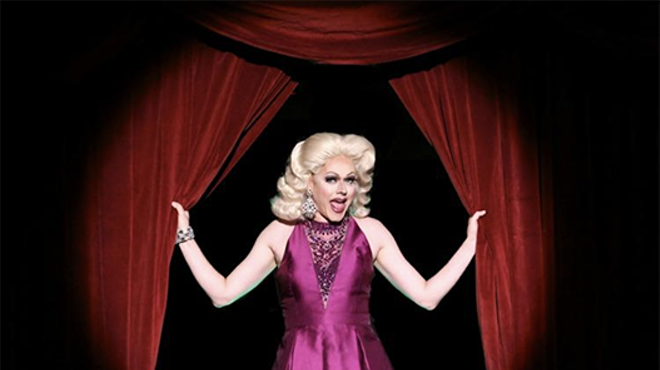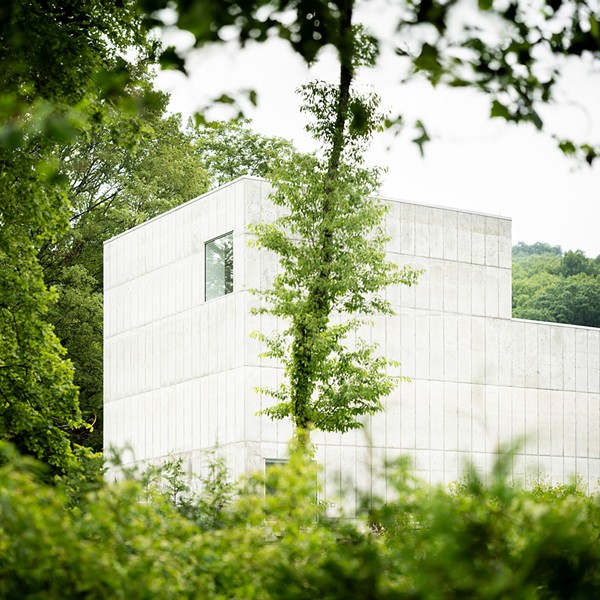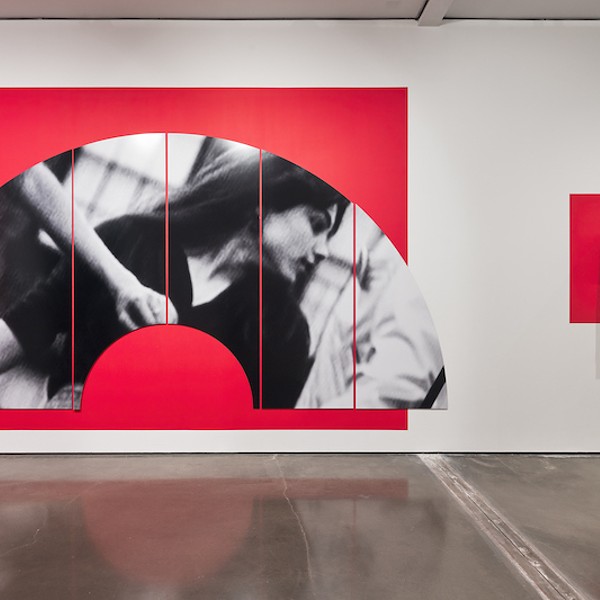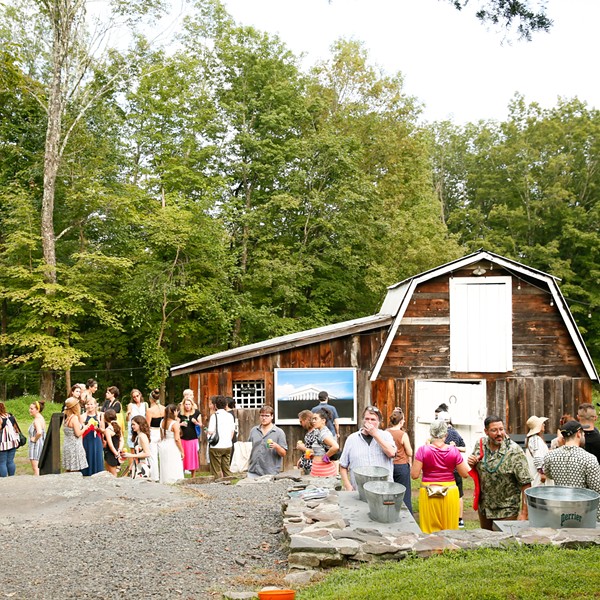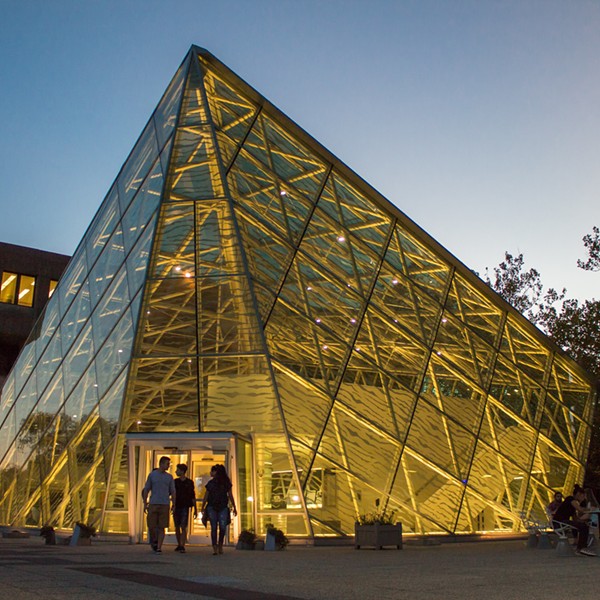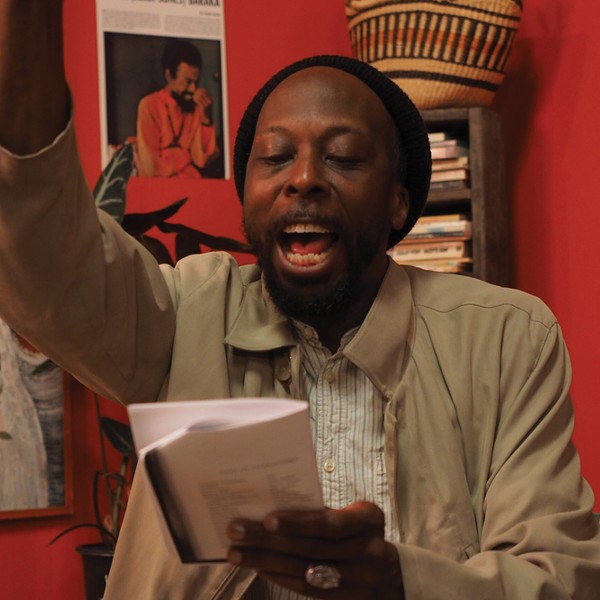According to curator Brian Wallace, the basic premise of “Intimacies of Distant War,” now on view at the Dorsky Museum at SUNY New Paltz, was to bring together work by a number of artists “addressing the often surprising intimacy of what is frequently depicted as a war that is taking place a long, long way from home.” Ever since the shocking images of Vietnam were ushered into American living rooms nightly by Walter Cronkite, it’s been something of a commonplace that the modern media era has connected us in ways previously unimaginable in human history. Yet in the current conflicts in Iraq and Afghanistan, it seems we’ve chosen to turn away as the war on terror drags on—the spectacle of the latest story on Britney Spears’s meltdown or Paris Hilton’s latest stunt seems to attract much more attention than the depressingly same-old, same-old news from the “war on terror.”
As we spend so much time distracted by the constant stream of infotainment, those in power wield the terrible power enabled by our apathy. The artists in the Dorsky show are doing work that seems all the more necessary, as it brings personal perspective and thoughtful engagement—through art—to focus our attention on these crucial (if seemingly distant) realities.
As I was preparing to write this column, a new and related story popped up at the last moment, ironically bringing home some of the more unsavory, unsettling, and decidedly Orwellian implications of the war on terror in general, and our seemingly unending engagement in Iraq in particular.
On Wednesday, March 5, Iraqi-born artist Wafaa Bilal (who teaches at the prestigious School of the Art Institute of Chicago), was to open an exhibition of his latest project, “Virtual Jihadi,” at Rensselaer Polytechnic Institute (RPI) in Troy. The work is a video game, twice removed from the widely marketed “Quest for Sadaam.” Al Qaeda spun off its own version of the game online, as “The Night of Bush Capturing,” in which the goal is to capture (and kill) the president. Bilal hacked the al Qaeda version of the game, inserting himself as the jihadi/avatar, who learns of his brother’s death in Iraq (something that happened to Bilal in real life), and is subsequently drawn into the extremist sect. According to the artist, the work is meant to bring attention to the vulnerability of Iraqi civilians to the travesties of the current war and racist generalizations and stereotypes as exhibited in games such as “Quest for Saddam,” along with vulnerability to recruitment by violent groups like Al Qaeda because of the US’s failed strategy in securing Iraq.
Based on nothing more than the rumored content of the show, the College Republicans at RPI posted a statement on their blog accusing the art department of providing “a safe haven for terrorists.” The day the show was to open, Bilal was meeting with a class of art students at RPI, when he was abruptly pulled out by RPI officials, who informed him that the show would not open, and ultimately issued a public statement that cited two characteristics of the work: “that the exhibit is derived from the product of a terrorist organization; and second, that the video game is targeted to and suggests the killing of the president of the United States.”
Even though the FBI has not expressed any direct interest in questioning Bilal or in shutting down the exhibit, the administration of RPI (led by notoriously autocratic President Shirley Jackson) has censored the work, thereby preventing any free exchange of ideas that it may have provoked.
The Sanctuary for Independent Media, an alternative cultural space in Troy, then offered to exhibit the work in their own facility, a former church that they have been rehabilitating. It opened there on March 10, with a talk by the artist who recalled his experience as a political dissident in Iraq, where he was imprisoned—and even tortured—for his anti-Saddam political art. The irony of experiencing yet again the censorship of his political speech (albeit without the physical ordeal) is thick enough to cut with a knife.
Prominent Republican and county legislator Robert Mirch organized a protest against the exhibit outside the Sanctuary on its opening night. Mirch is also in charge of code enforcement in the City of Troy, among other things. On March 11, the Sanctuary received a phone message from the code enforcement office, shutting them down because their main entry doors are an inch too narrow. Coincidence? I’ll let you decide.
The use and abuse of power are forever bound to be part of any meaningful political conversation. (“The price of liberty is eternal vigilance,” as Thomas Jefferson once put it.) The New Paltz exhibition clearly makes this point with a series of works by Leon Golub, an artist who (despite the vicissitudes of art world styles) persistently focused his work on the abuses of power—unblinkingly depicting torturers, mercenaries, and the terrible human cost of their actions—across more than five decades, and depressingly, it never ceased to be a viable topic for his art.
And yet we continue to be led astray, distracted by all manner of bright, shiny things. Ironically, even as the web, camera phones, blogs, and instant messaging would seem to bring the world that much closer to us, we all too often allow all this information to choke off the most important ideas. There is egregious, overt censorship (as in Bilal’s case), but even more insidious is the way the media are used to seduce us into an apathetic, virtual existence. The danger of this seduction is announced most prominently by Carolee Schneeman’s Viet Flakes, a 16 mm film (shown here as video) that pans across images from Vietnam—mothers cradling dead babies, American soldiers, burned villages—literally bringing these images in and out of focus, sliding across them, restlessly devouring them. These old images summon what is now a past time, a different world, and yet the immediacy of the photographs constantly threatens to punch through. The key element in all this is the point of view, the political consciousness of the viewer. Film and photography are, after all, just technologies—it’s up to us to decide how to use them, and the information they can provide.
If you’re interested in taking action in the real world after reading this, please consider supporting the Sanctuary for Independent Media as they scramble to address the code violations that have shut them down for now. The most basic lesson of the First Amendment is that the proper response to bad speech is more speech. Truly free and independent press—and art—are key elements in that equation.







